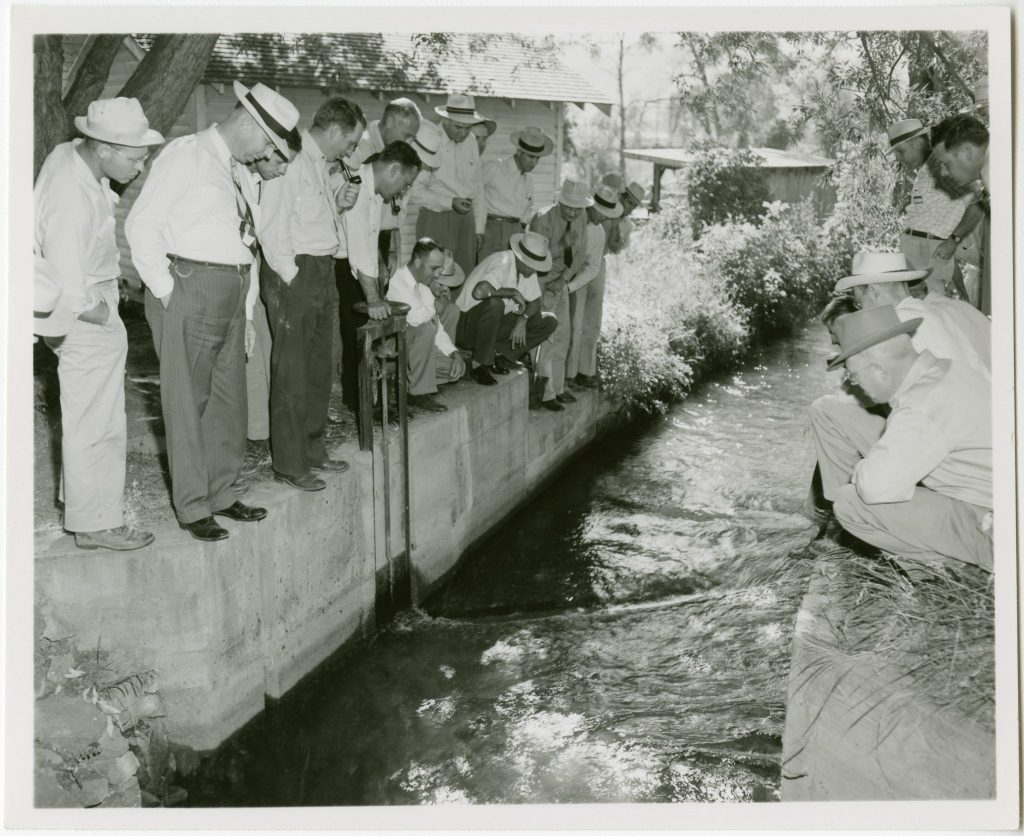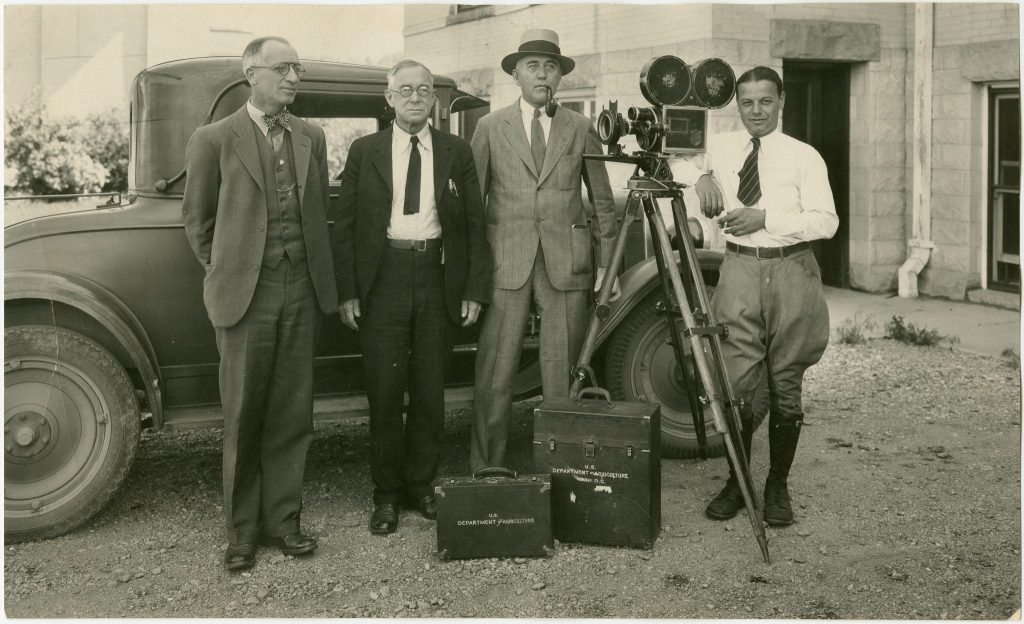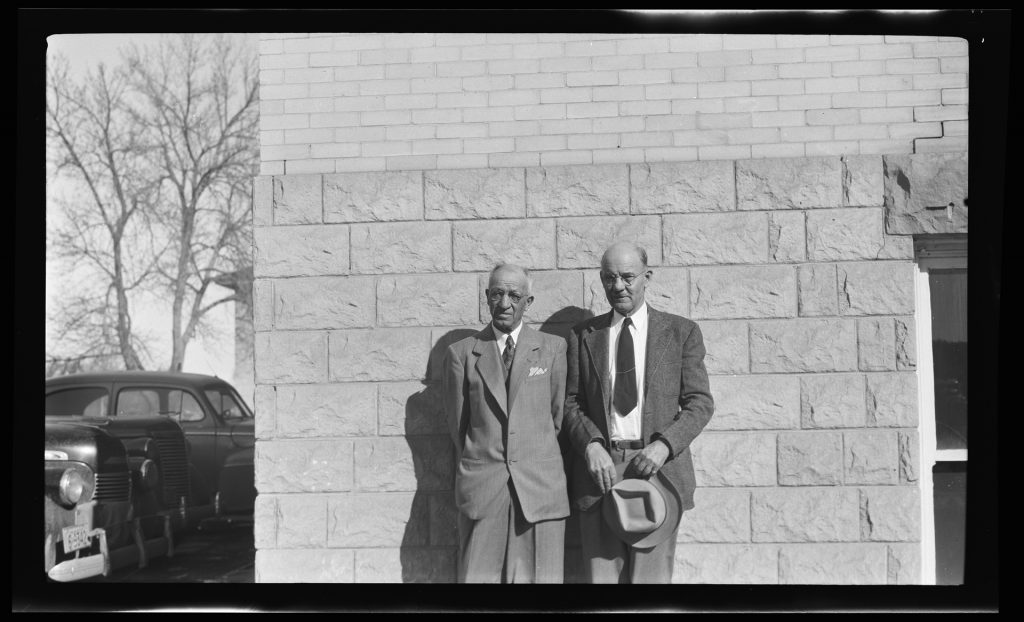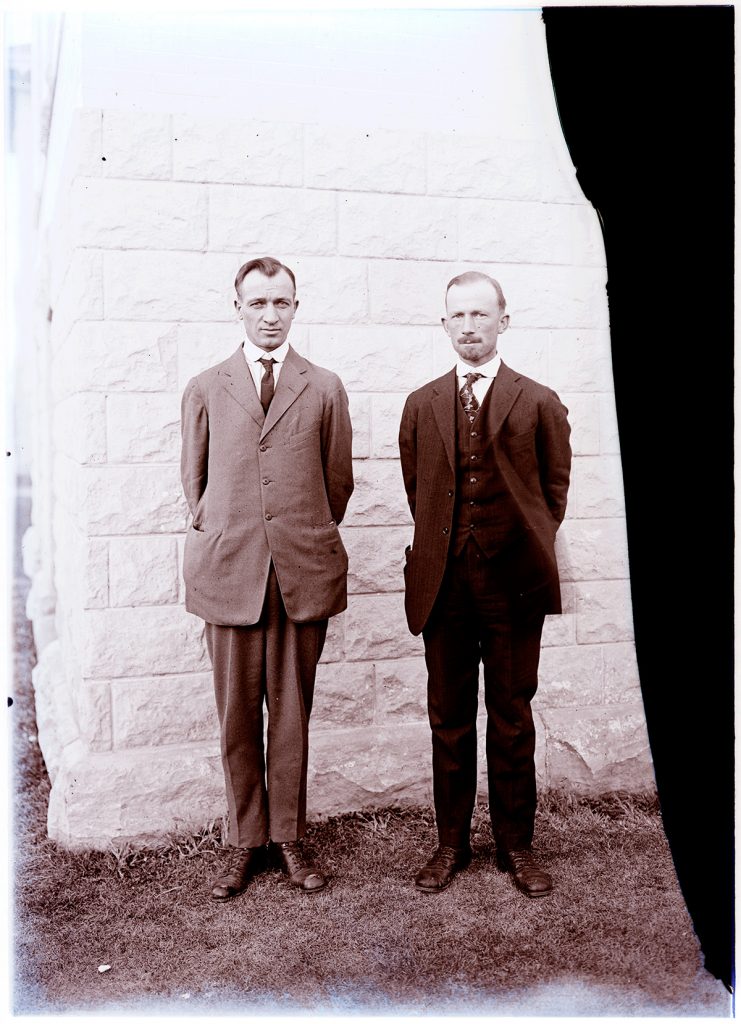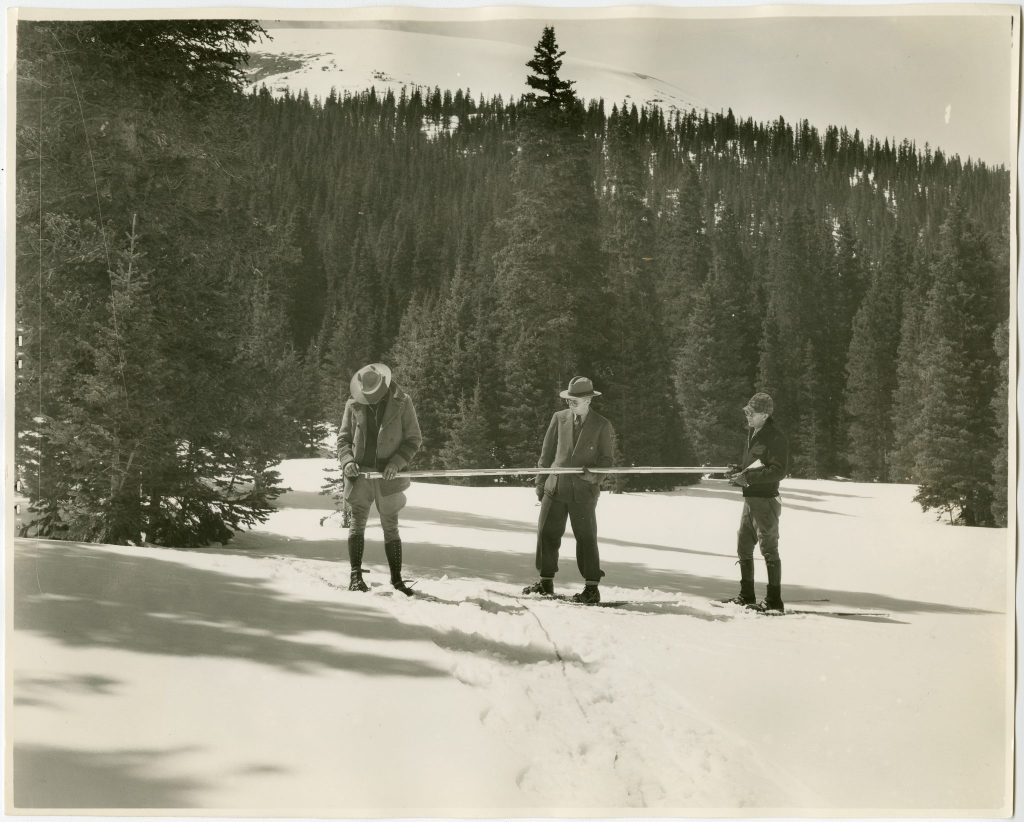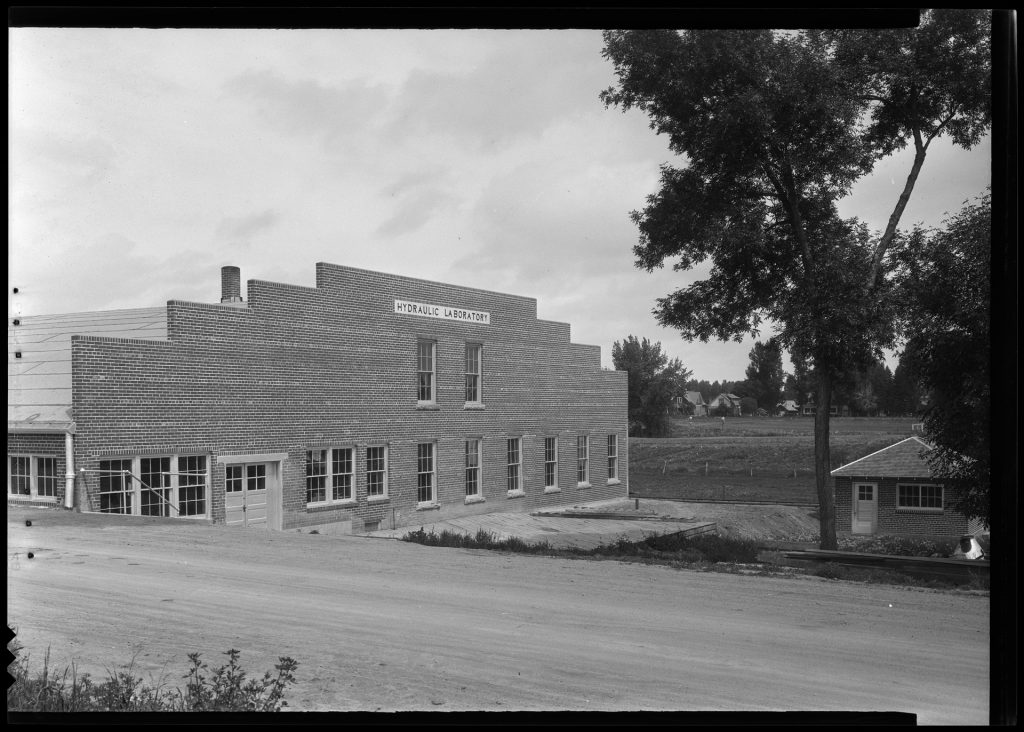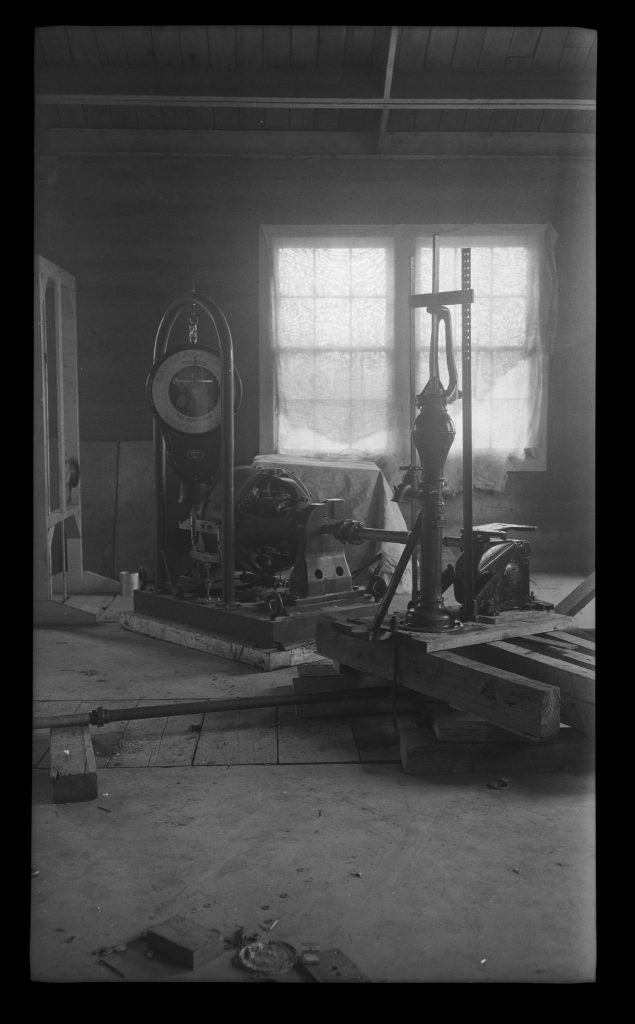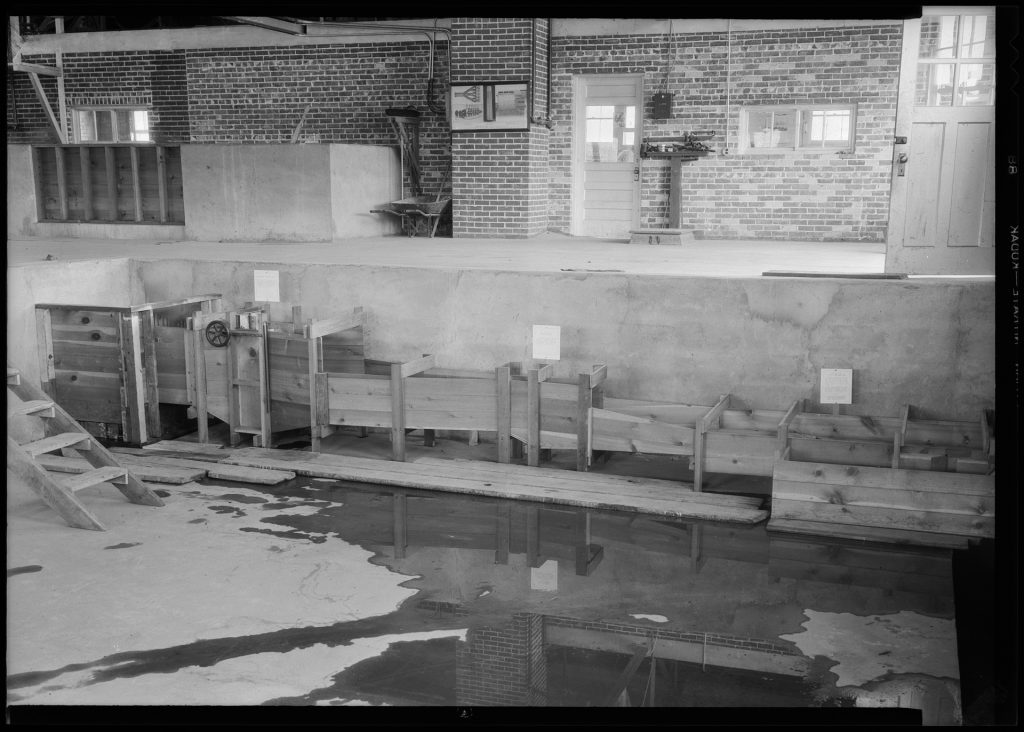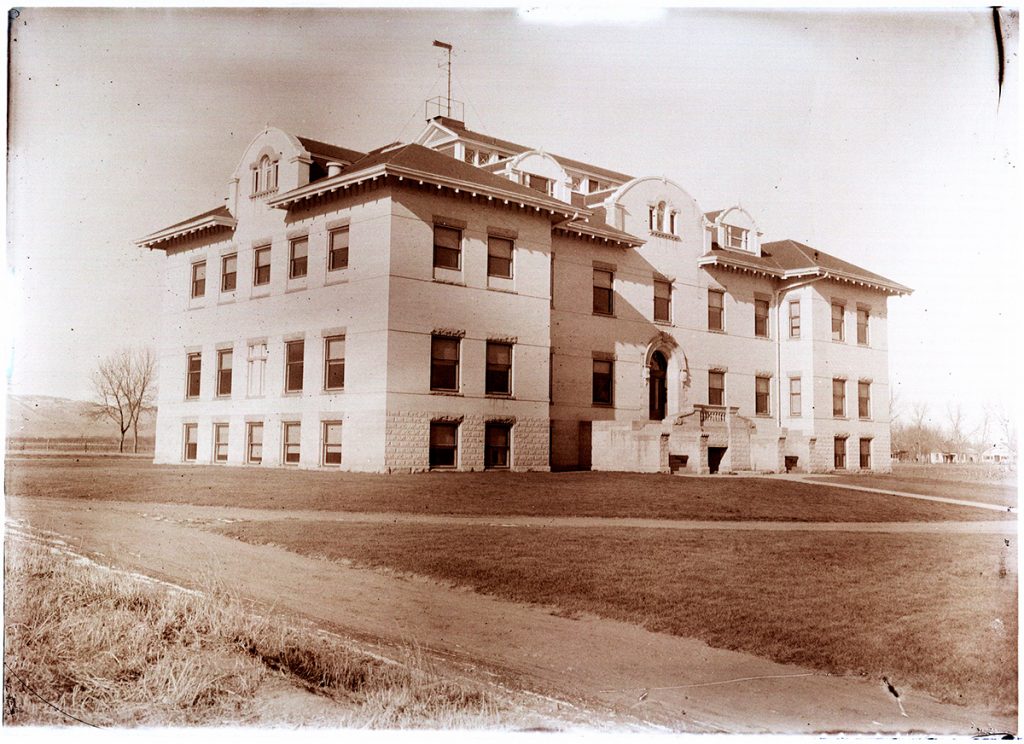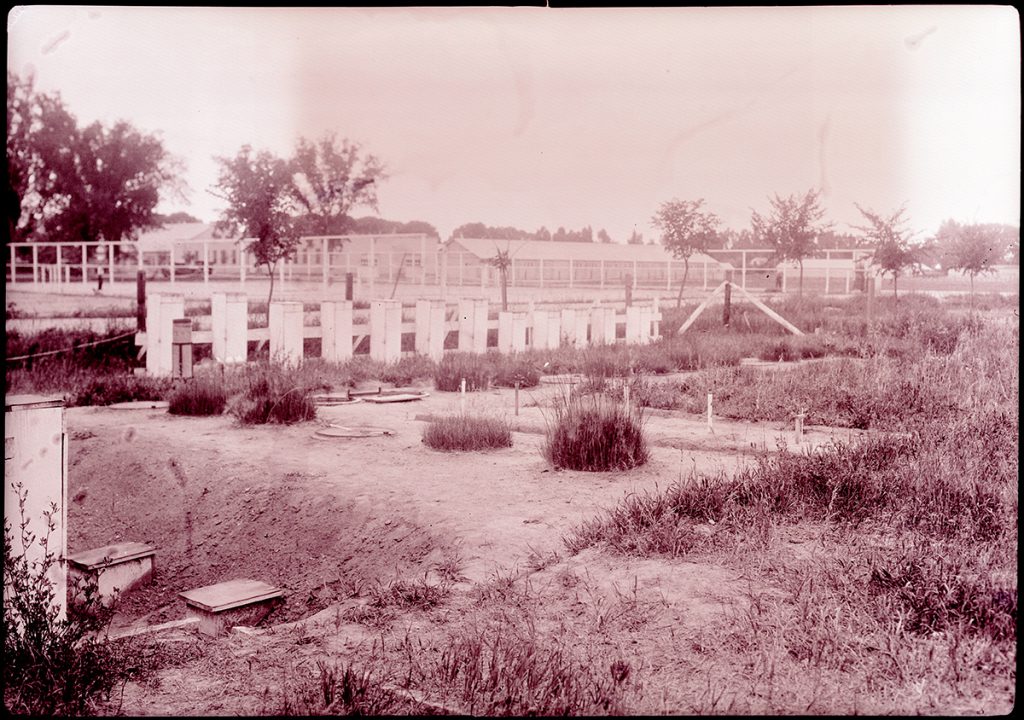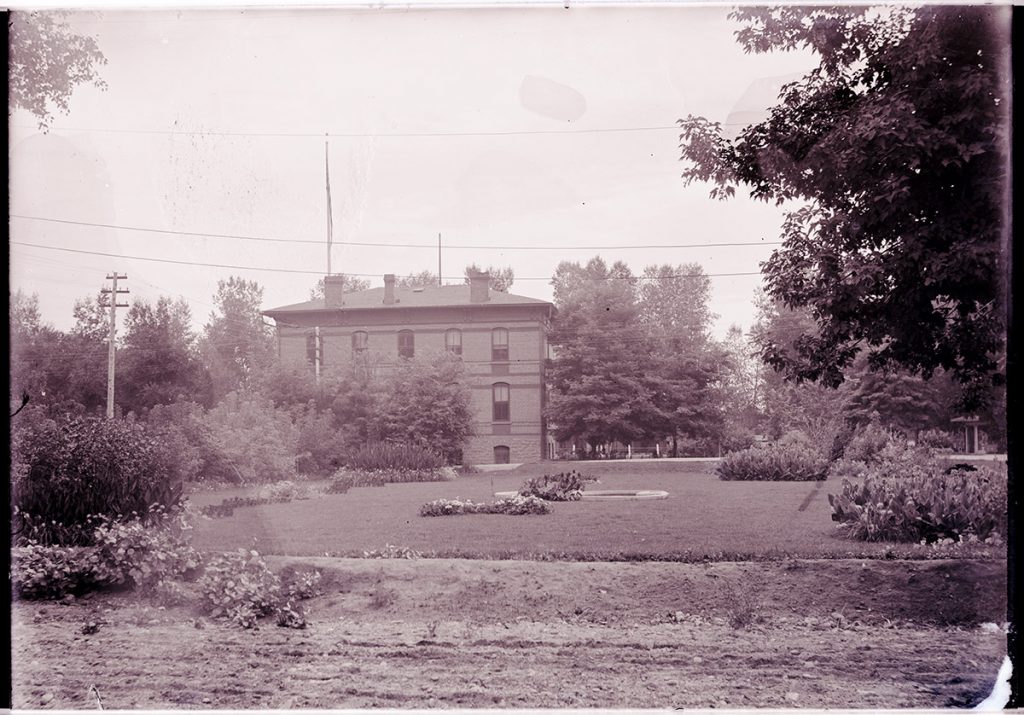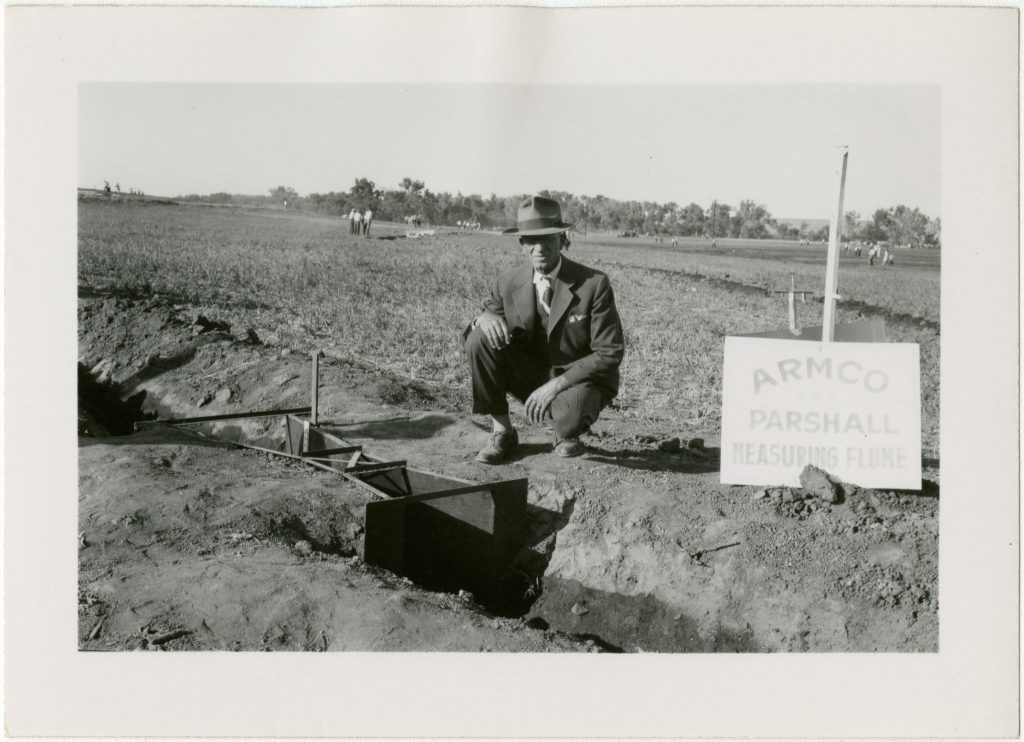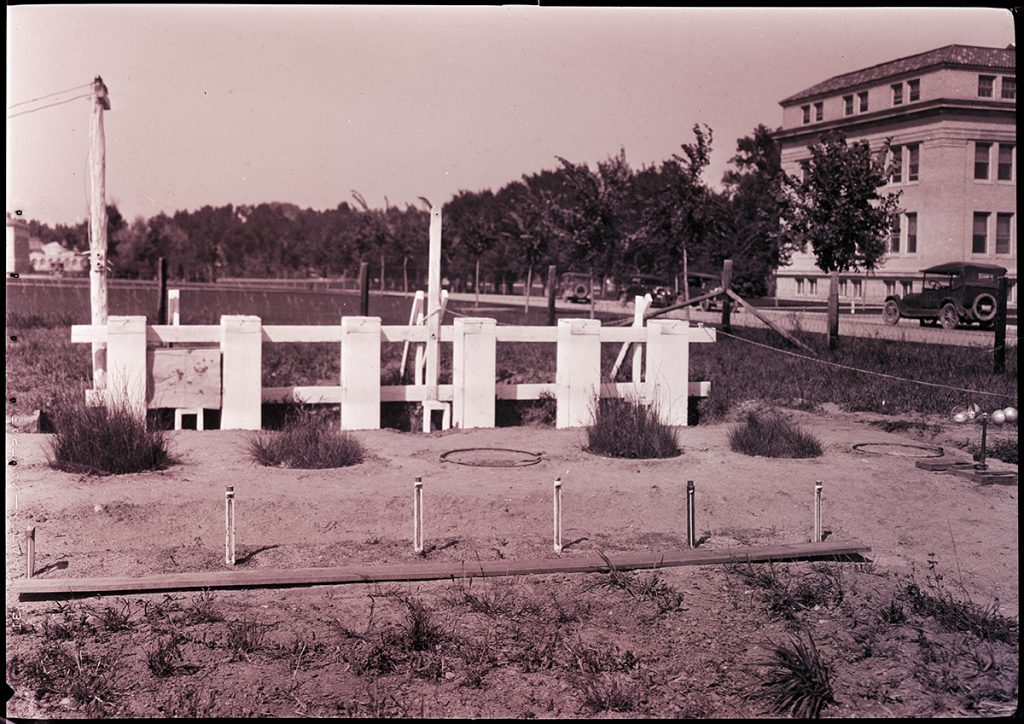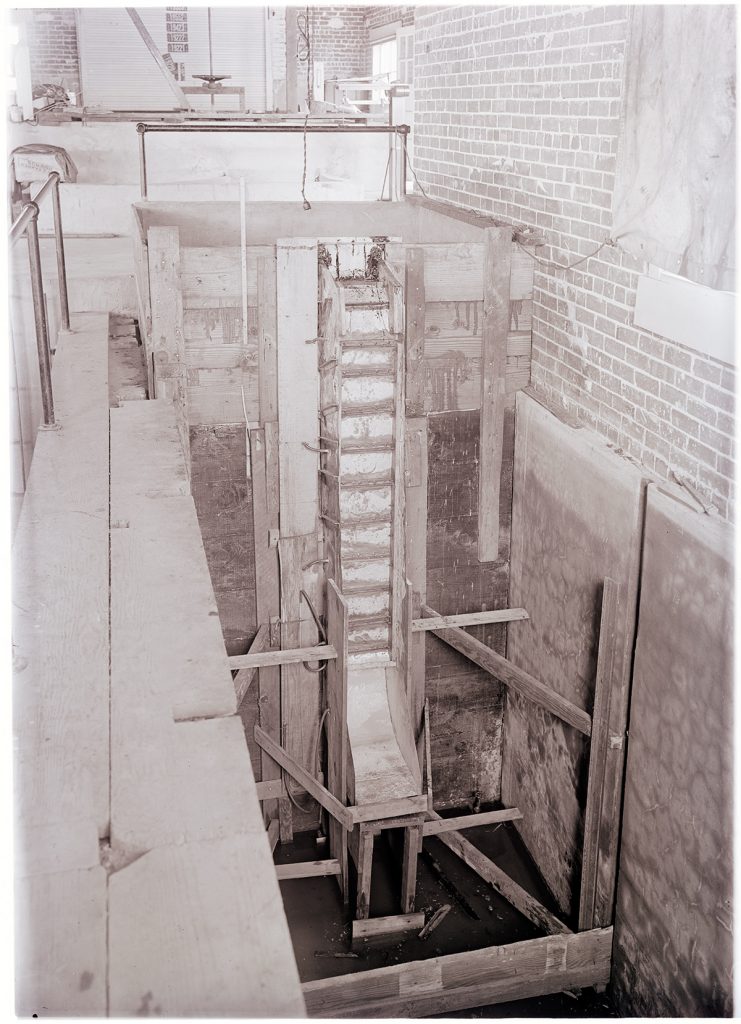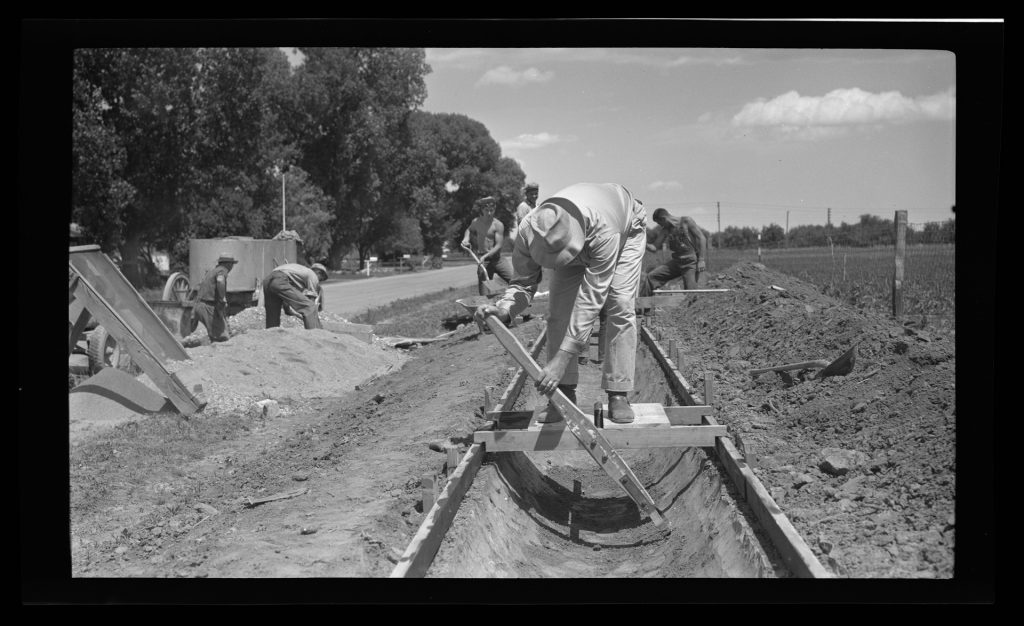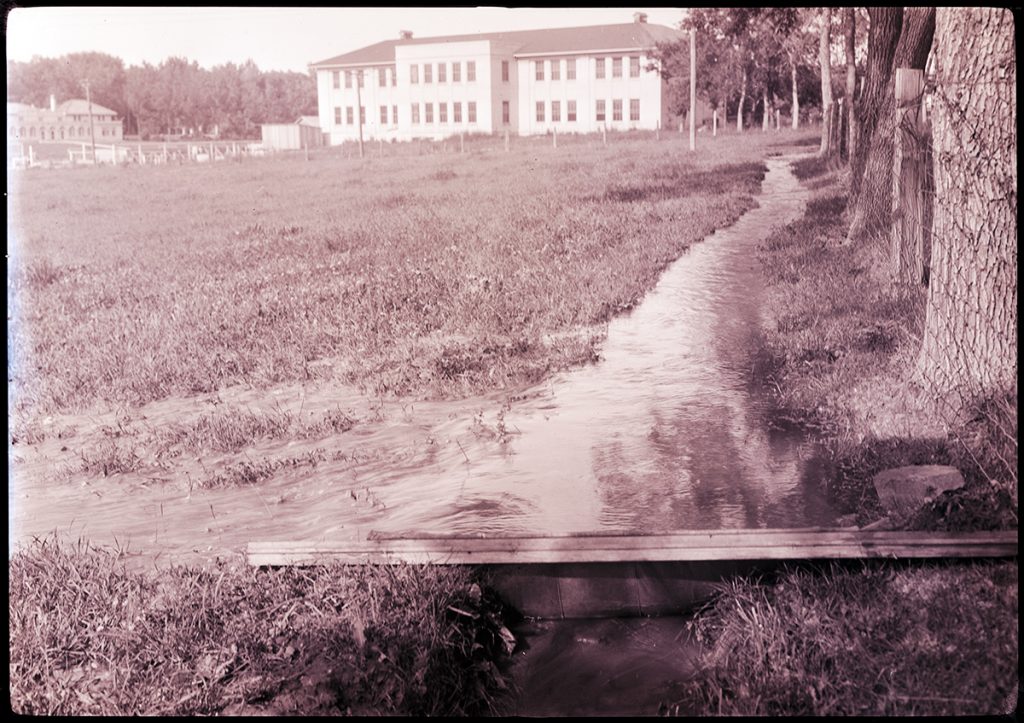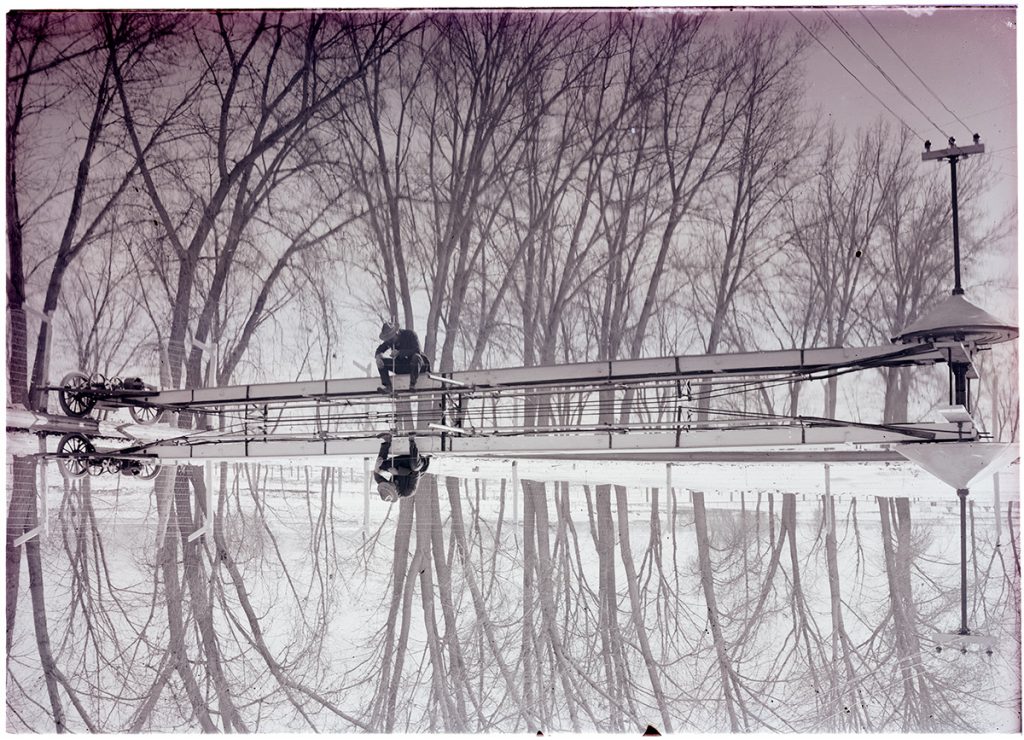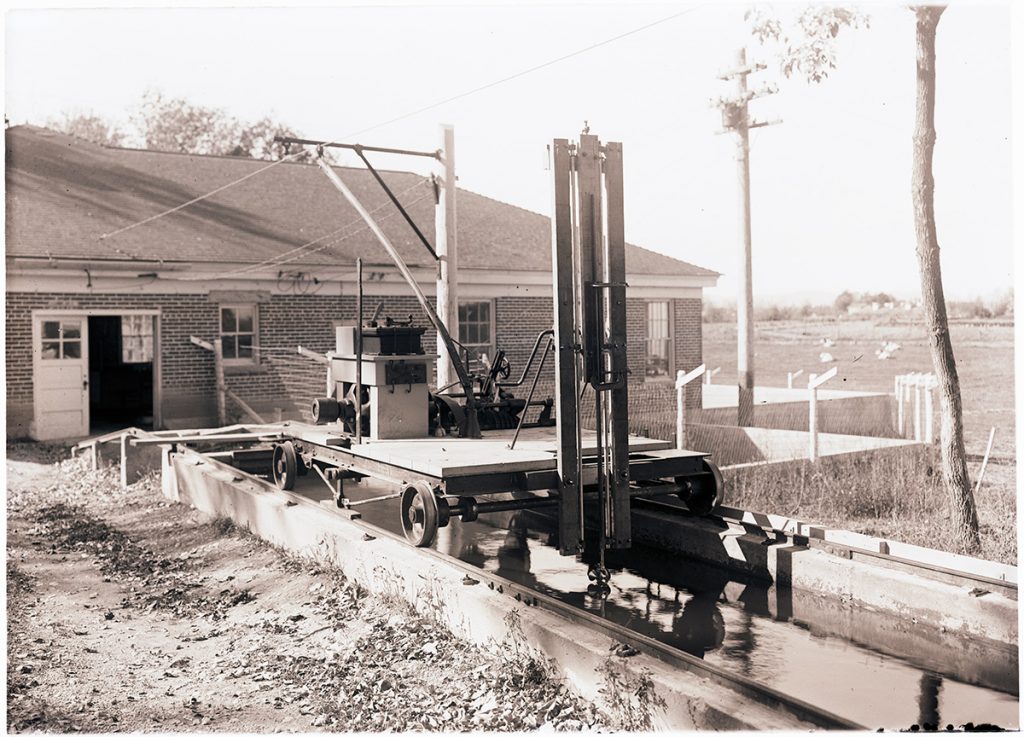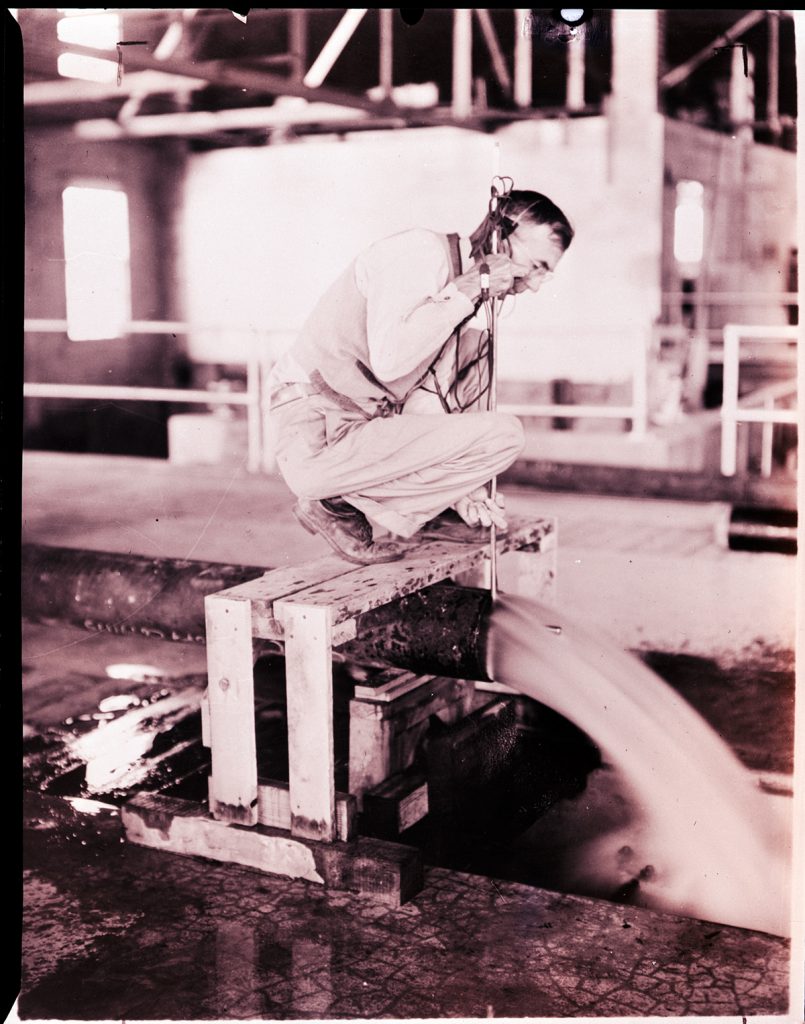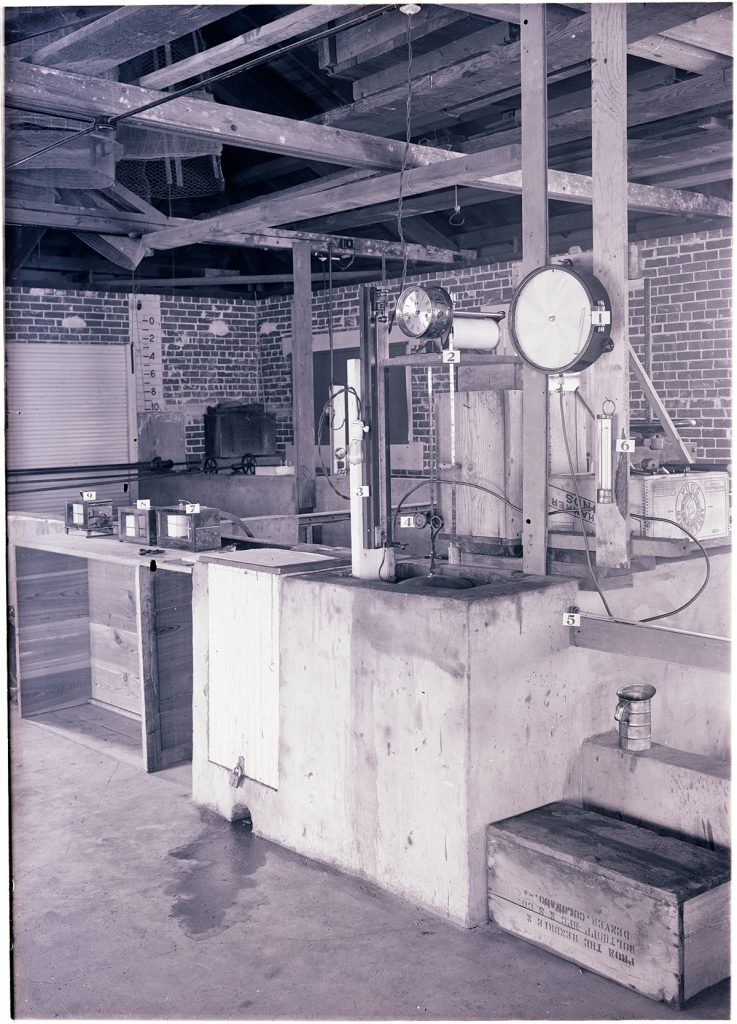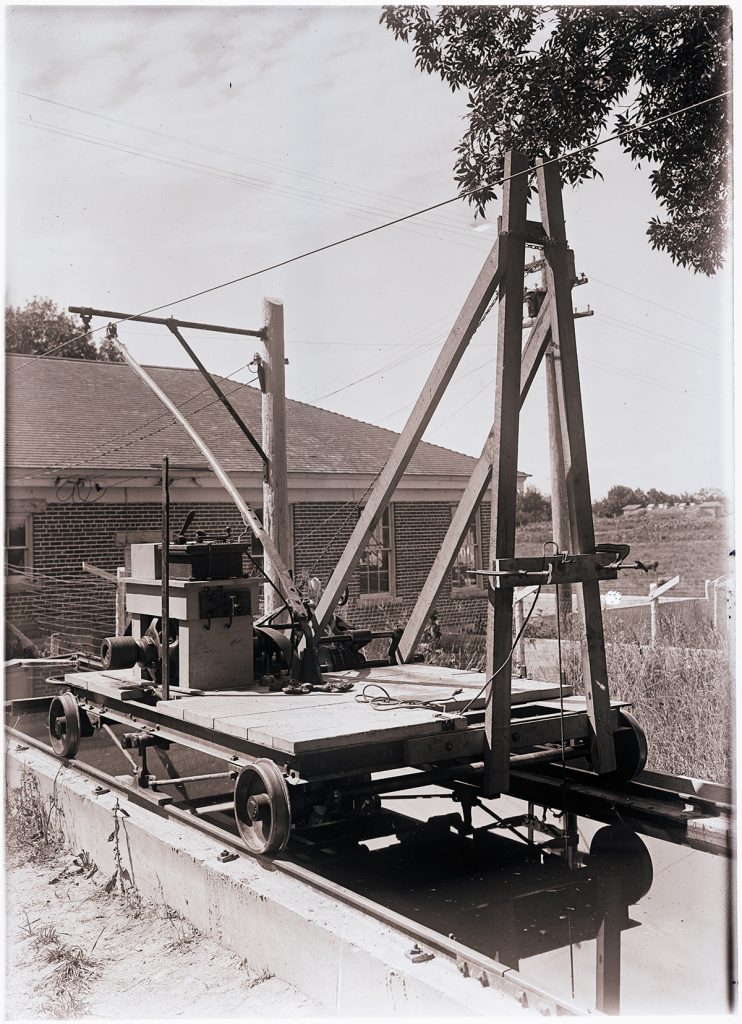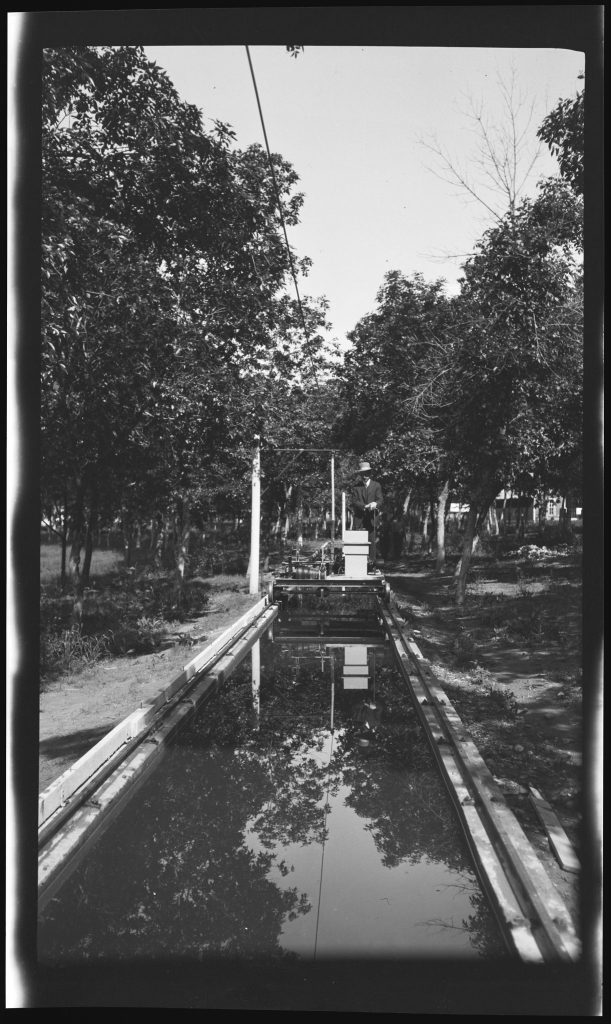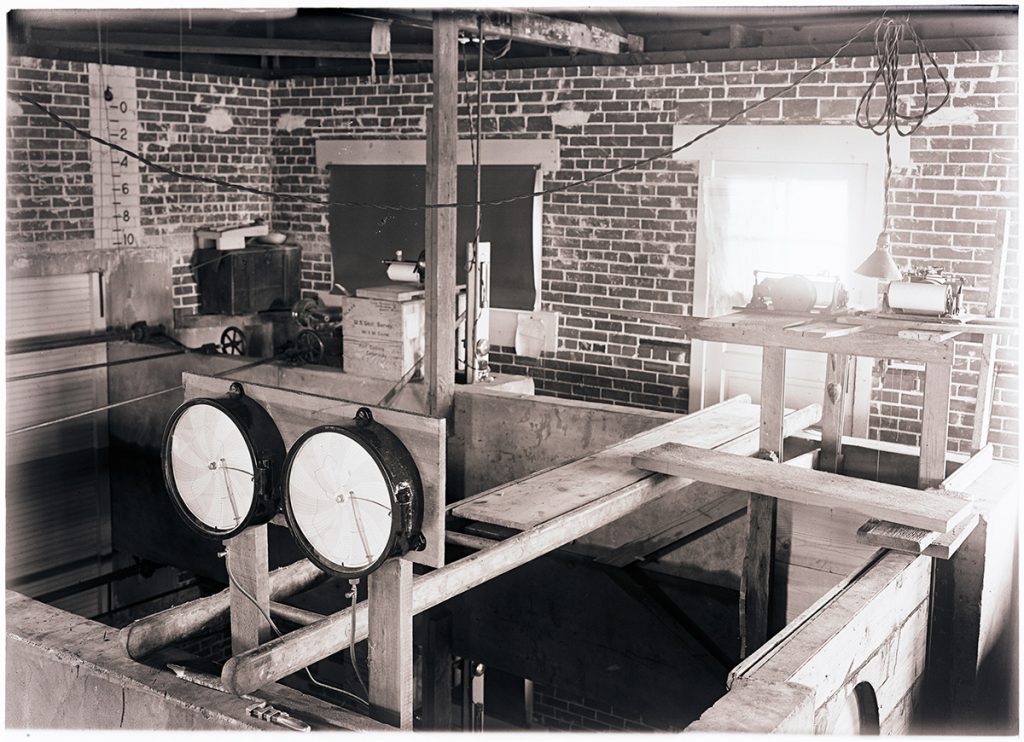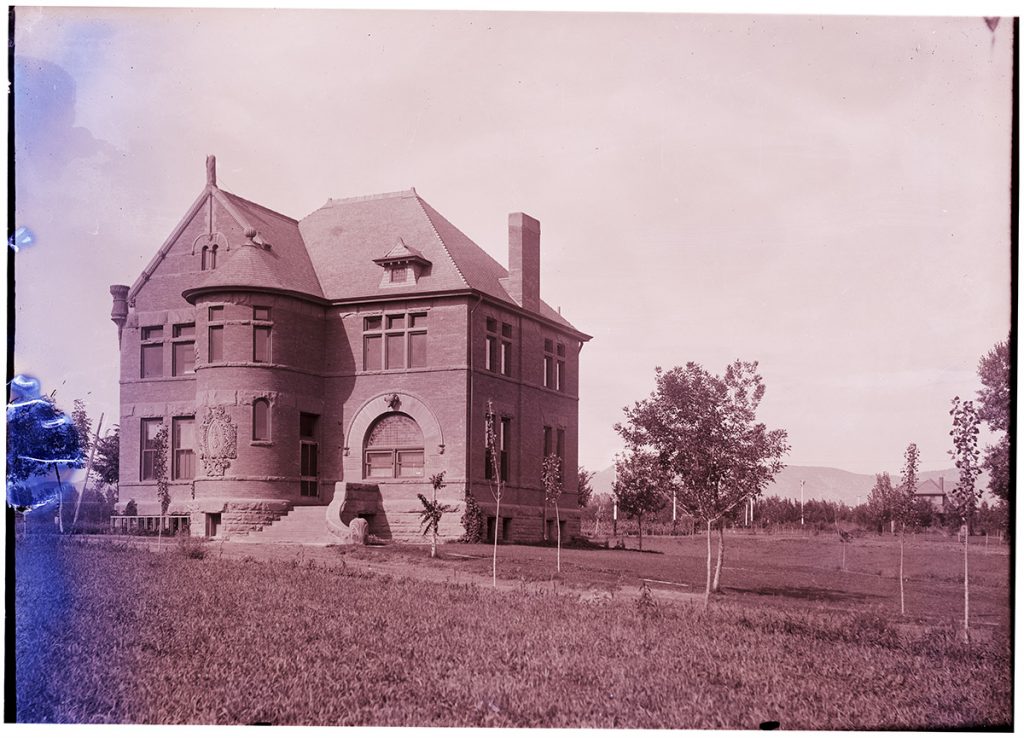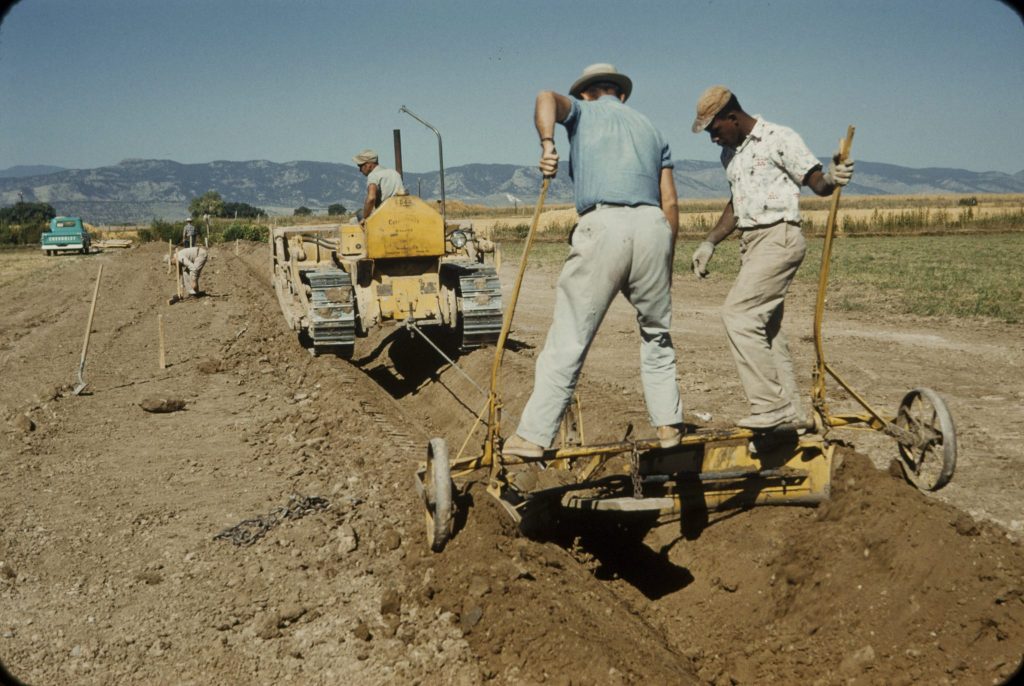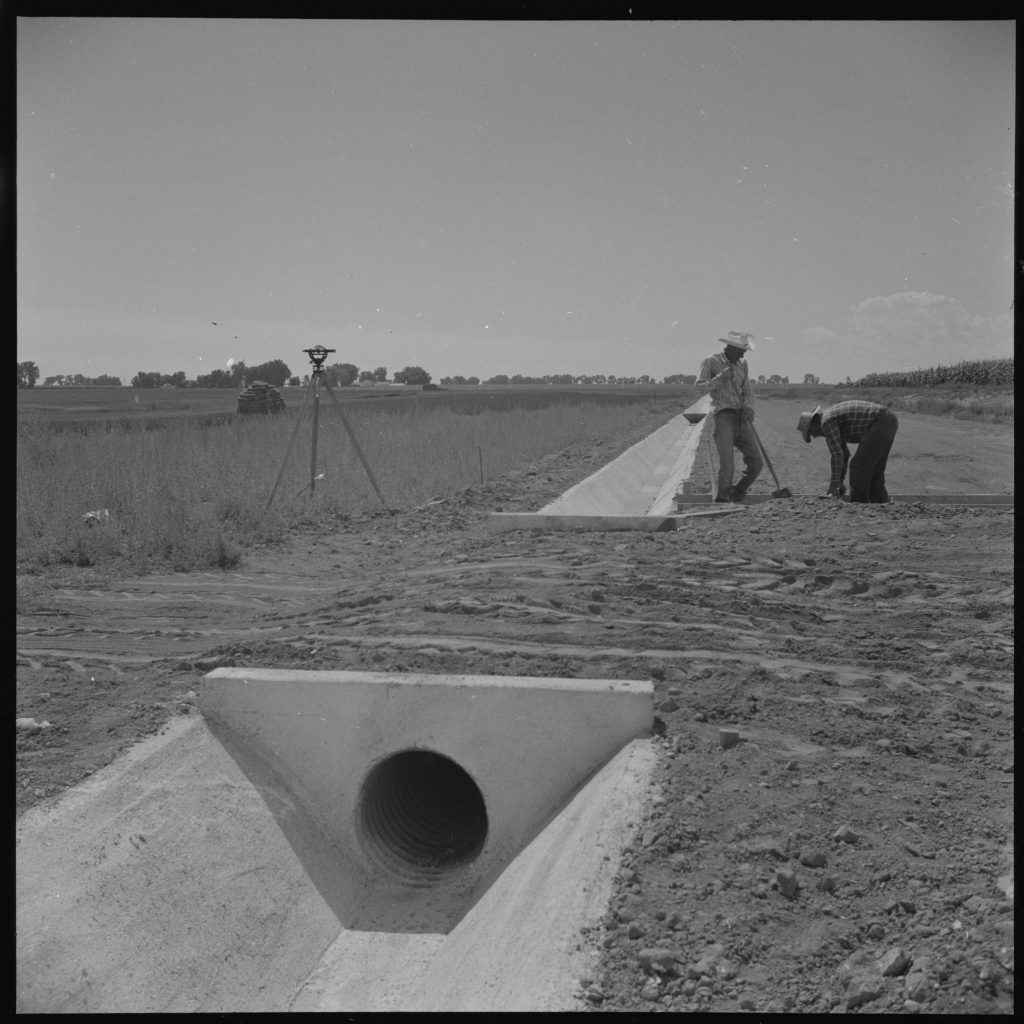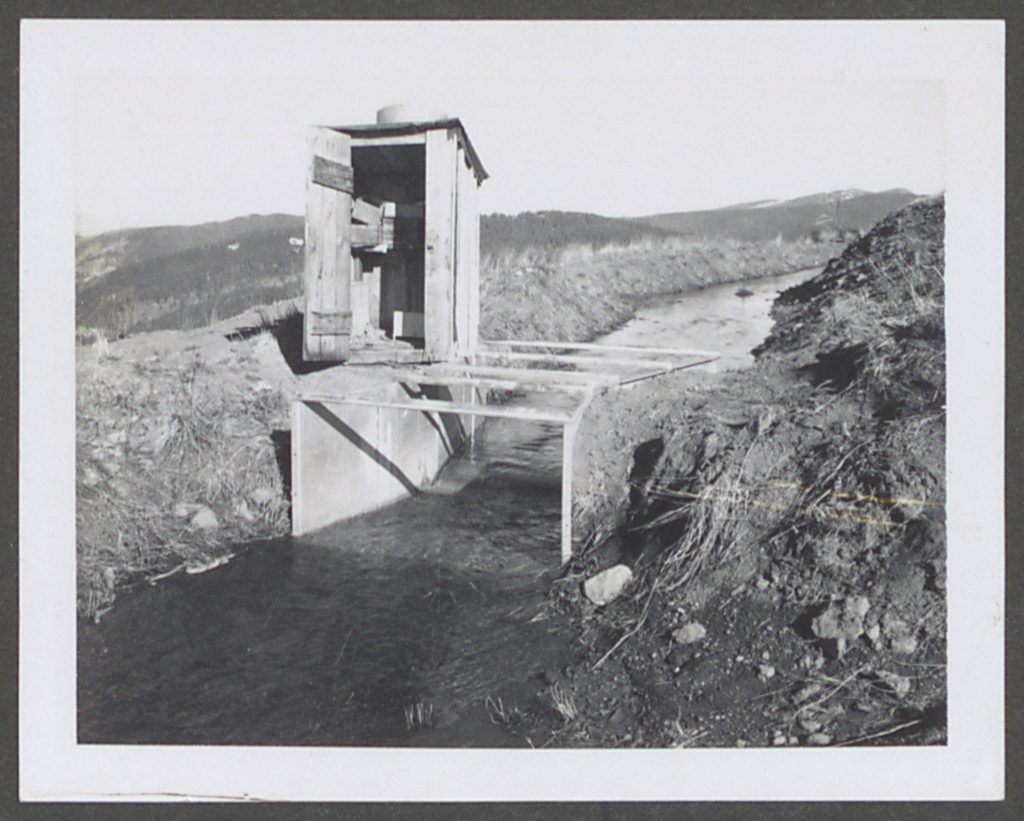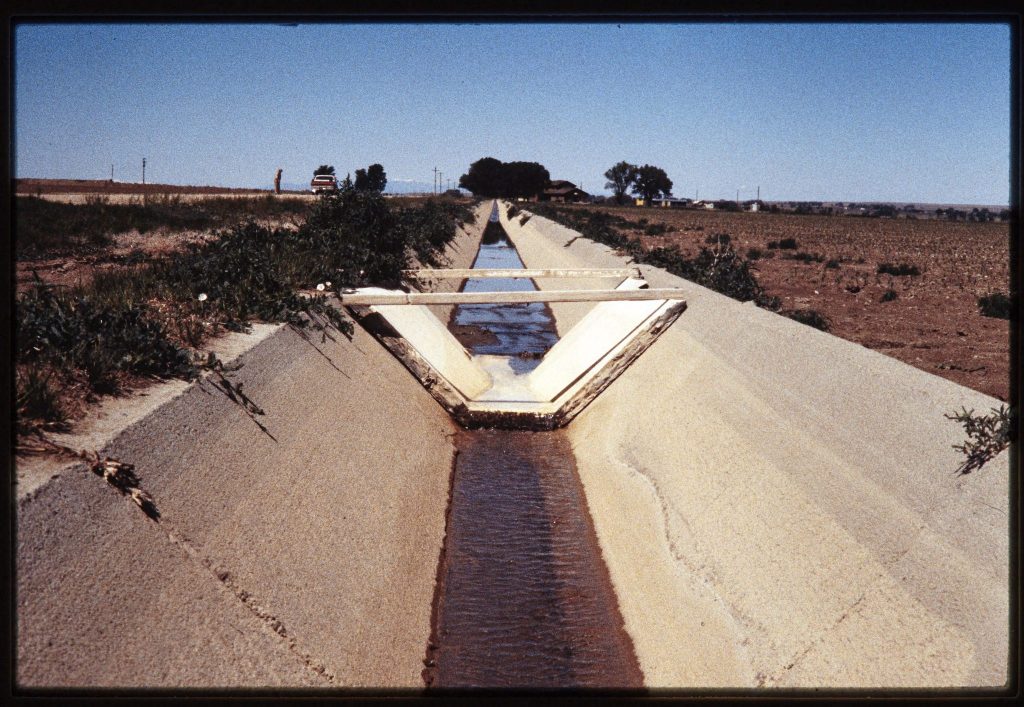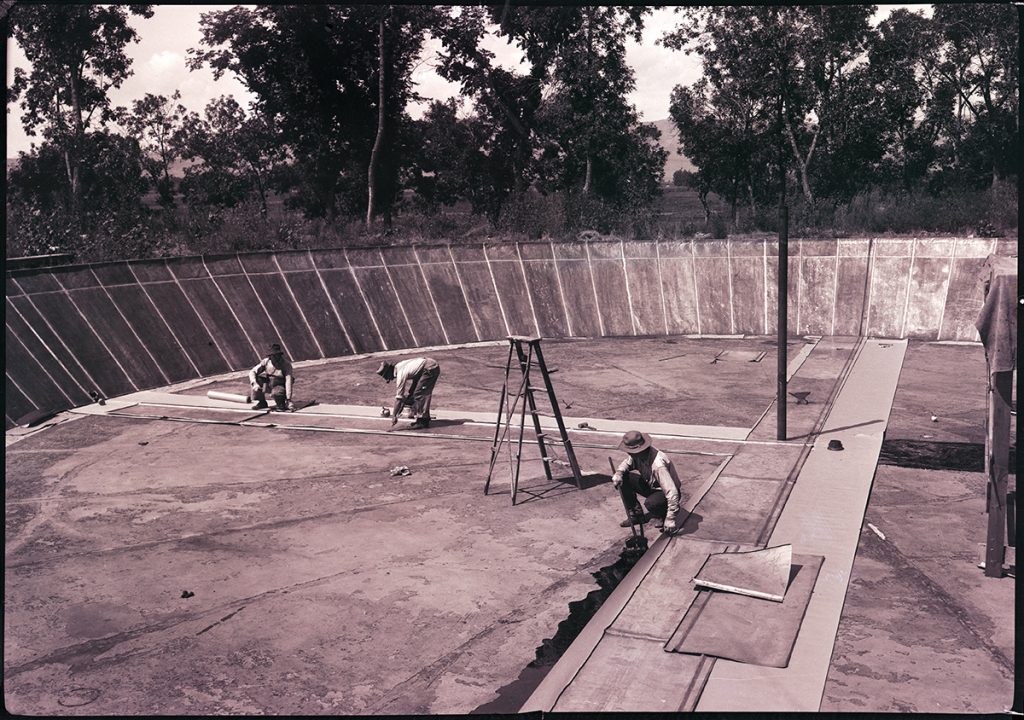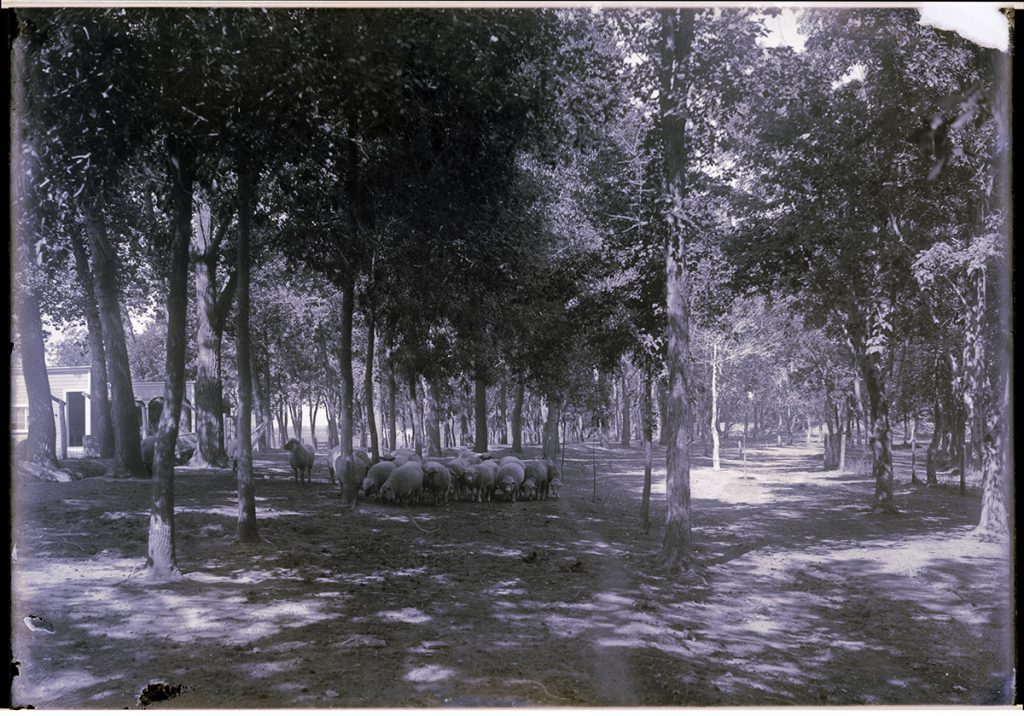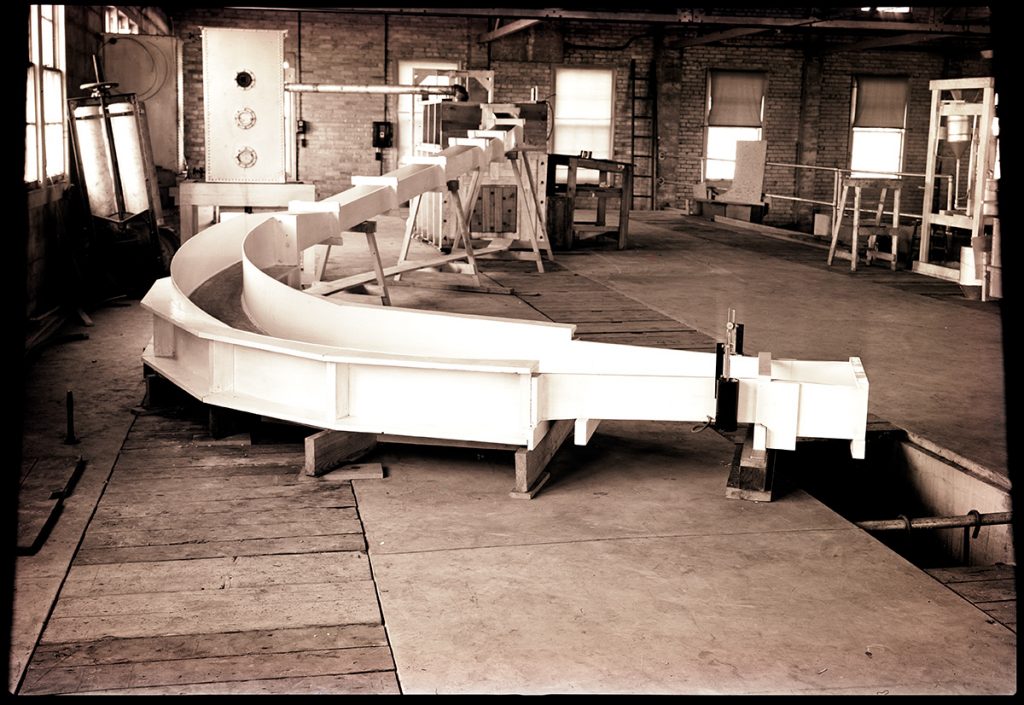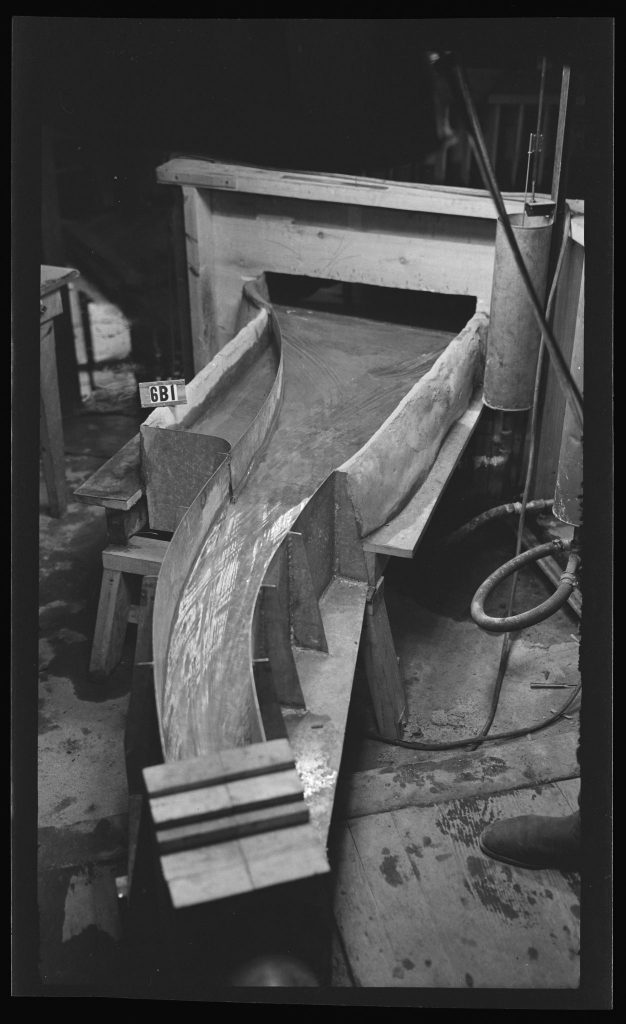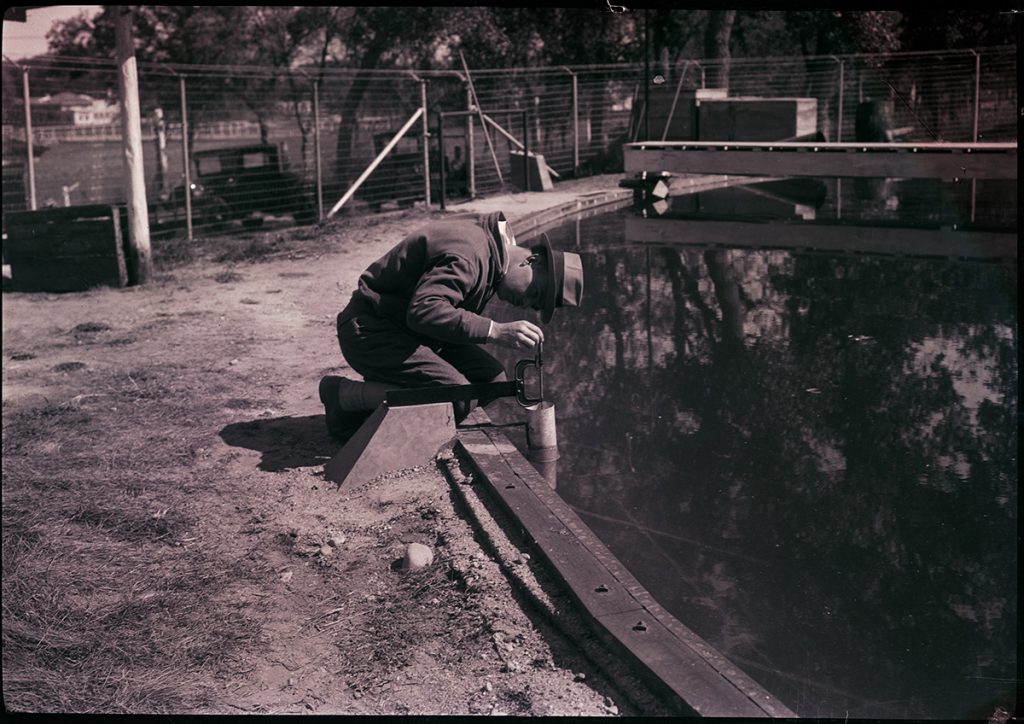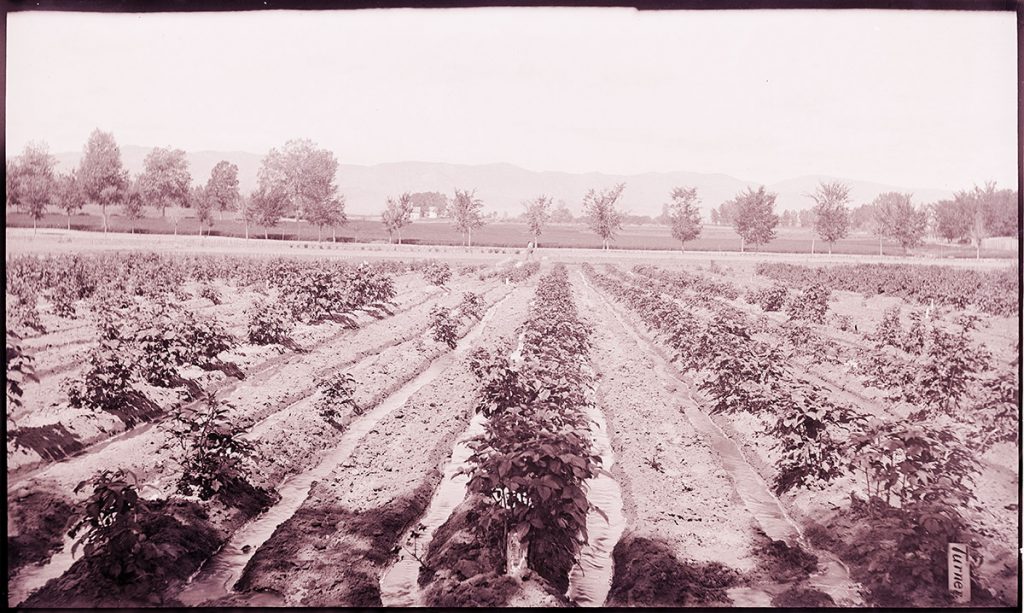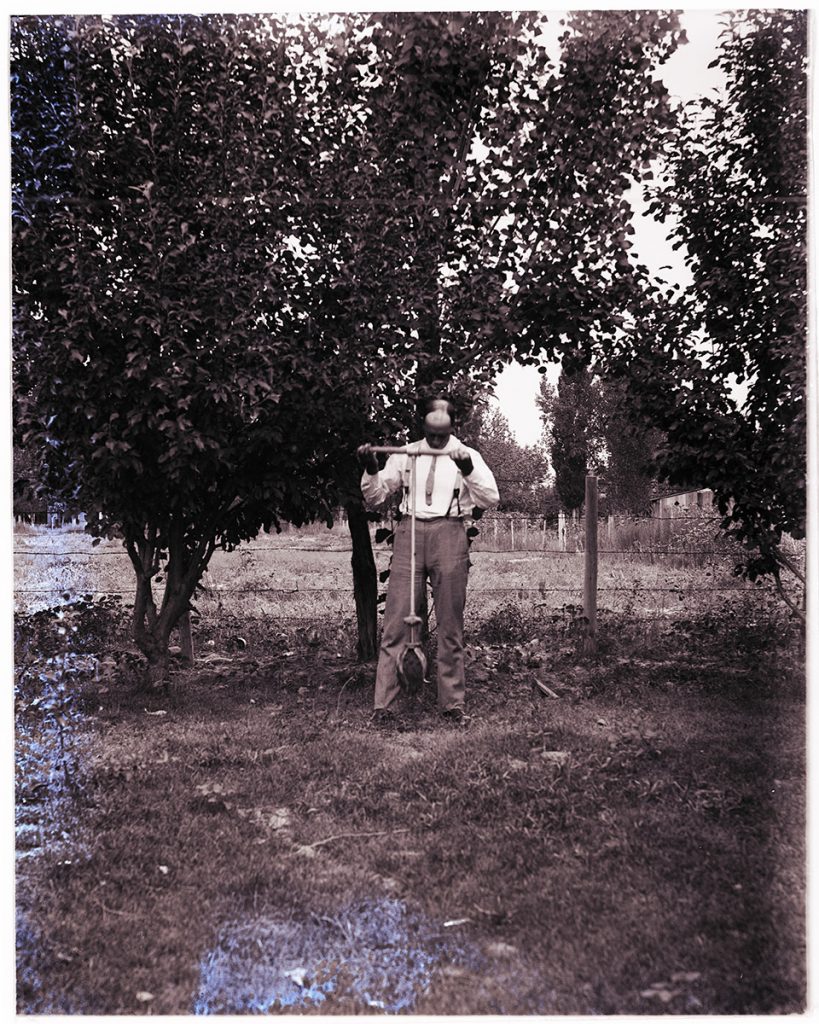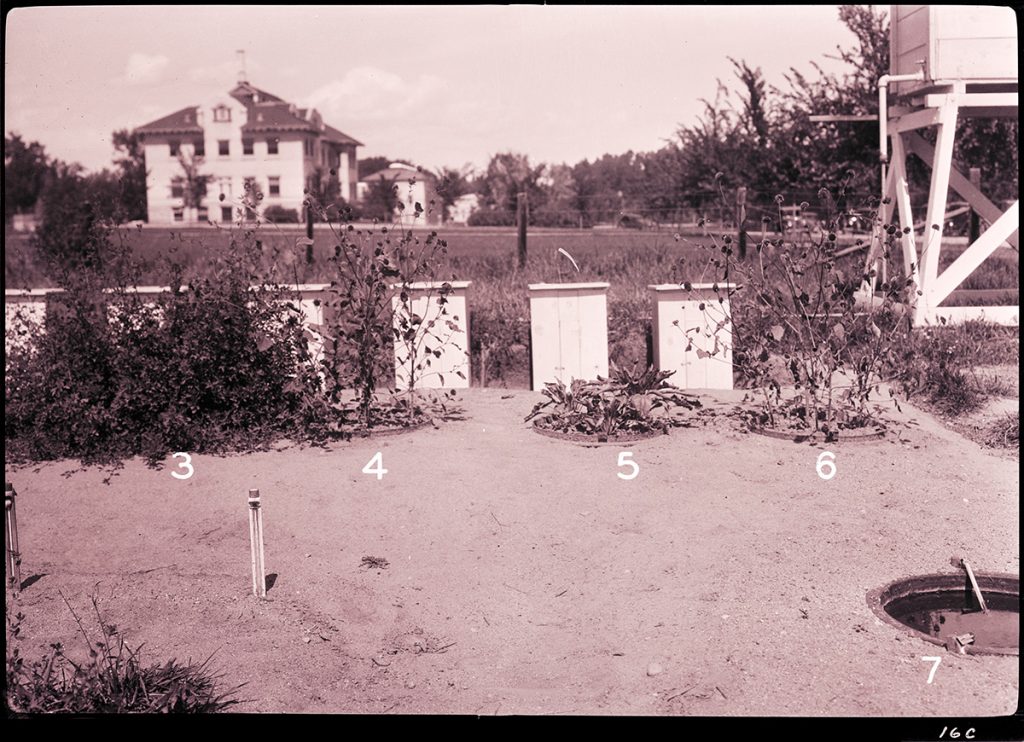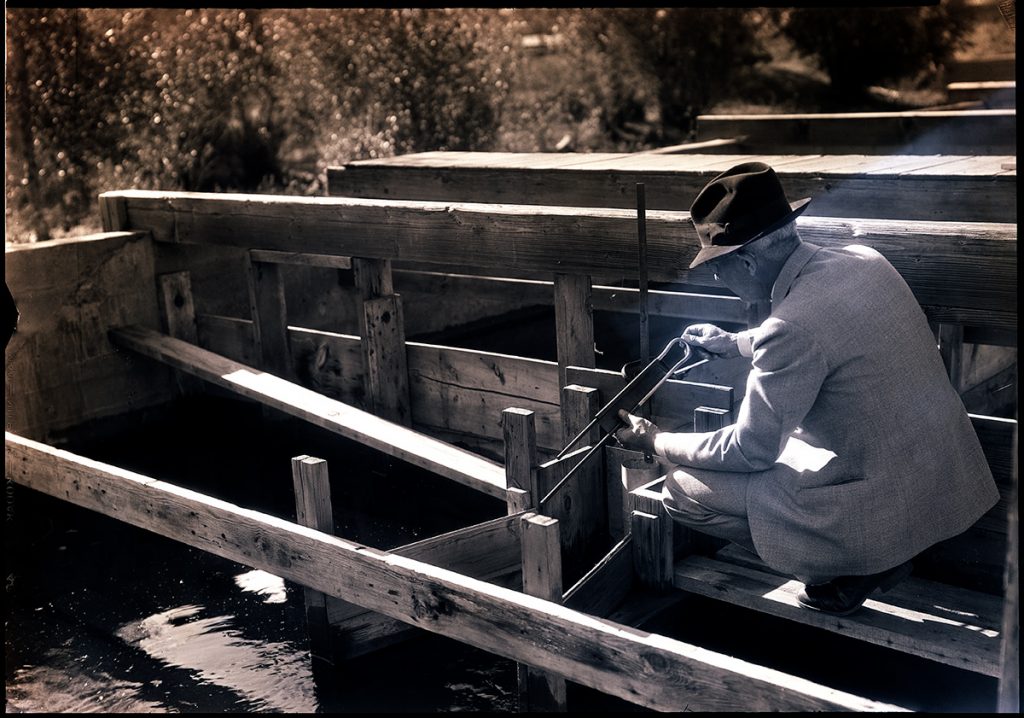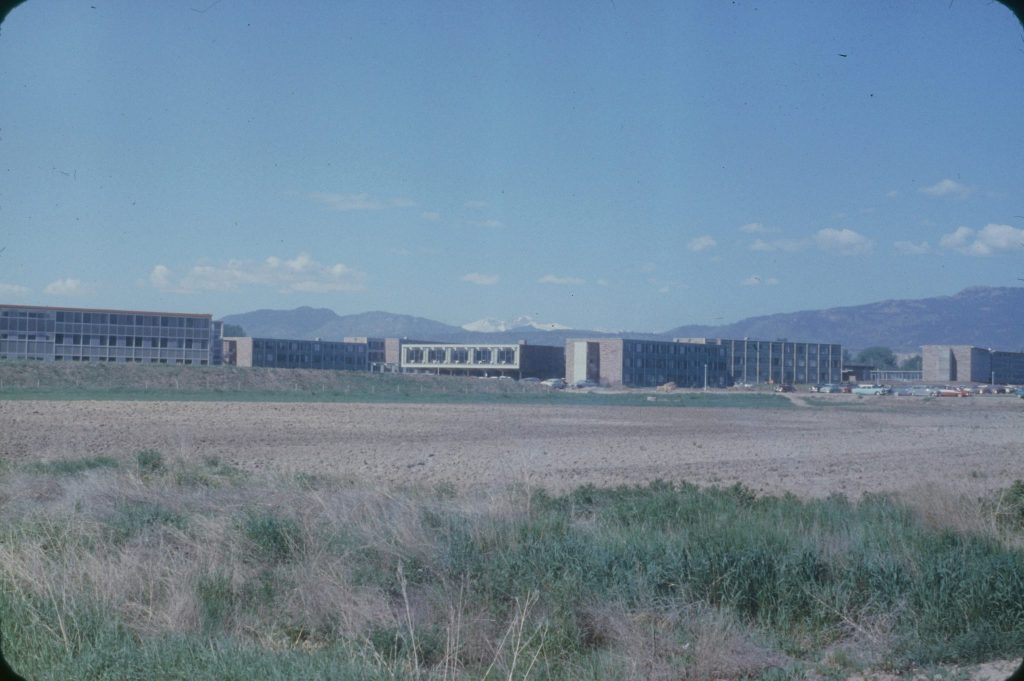CSU Water History
Colorado State University can trace its commitment to water to 1883 when Professor Elwood Mead – the man for whom Lake Mead is named – arrived on campus and formulated plans to teach irrigation engineering. Since then, CSU’s reputation as a leader in water research has continued to grow. Other notable moments in our water history include:
- The Colorado Water Center (formally the Colorado Water Resources Research Institute, and then the Colorado Water Institute) was established in 1965. CoWC facilitates interdisciplinary study and research with Colorado’s institutions of higher education.
- CSU’s Watershed Science program was established in 1958, making it the first degree program in the nation to train students in this area of study.
- CSU launched its international water program in the 1950s, establishing graduate-level water programs at Pakistan’s University of Peshawar. By 1959, CSU had worked to form what is now known as the Asian Institute of Technology.
- Maury Albertson joined the civil engineering faculty in 1947. Albertson went on to help draft the plan that became the basis for the Peace Corps, which has aided hundreds of water projects around the world.
- Ralph Parshall, irrigation engineer, developed the Parshall Flume in 1922. Still in wide use today, the Parshall Flume helps regulate water flow and promotes equitable distribution.
- The USDA established the first hydraulics laboratory on campus in 1912. The lab was used to study and test plans for the Hoover, Grand Coulee, and Imperial dams, along with other dams around the world.
Read our July/August 2015 Colorado Water newsletter below highlighting 50 years of the Colorado Water Center’s water education, research and outreach. Pages 6-12 provide a timeline of important events surrounding the Center.
The following photos are compliments of the CSU Water Resources Archive (from the Albertson (Maurice L.) Papers, Irrigation Photograph Collection, Photos – Irrigation Research Papers, & Wood (Ivan D.) Papers Series).

